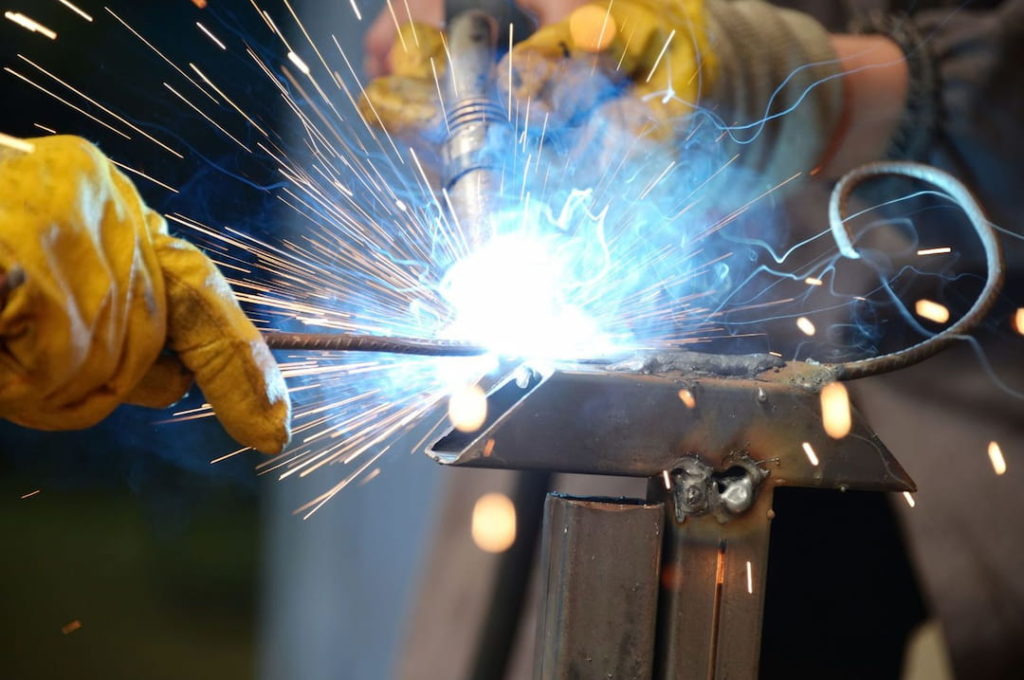Welding has become a critical skill for various applications, especially when it comes to metalwork. Welding thin metal is a craft in its own right, whether it’s sheet metal, cold rolled steel, aluminum or other materials. If you are looking for advice on how to weld thin metal, this tricky task will become easier after reading this post.
Table of Contents
Here we will discuss the techniques and tools necessary to ensure the successful welding of thin metals without much hassle. With practice and patience, you can become a certified expert at joining together two pieces of sheet metal or any other object with your skills and determination. Get ready to learn the basics behind the proper technique and some helpful hints from experienced welders that can get you on the track toward perfecting this complex craft!
Common Problems and Their Consequences When Welding Thin Materials
Problems when welding thin materials are most often caused by improper heat input. Excessive heat input can result from high voltage or amperage settings, slow travel speed, and unnecessarily long welds, all of which can lead to burnthrough. Additionally, high heat input can exacerbate distortion, where the material expands and contracts during welding and subsequent cooling. Distortion can cause issues such as poor joint fit-up, leading to downtime for rework.
To overcome these challenges, it is crucial to adjust the voltage and amperage settings to lower the heat input. However, reducing heat input may result in a ropey appearance of the weld bead, as well as insufficient penetration and potential spatter. Conversely, setting the voltage too high can lead to undercutting and a concave weld bead shape.
Given these potential challenges, it is essential to follow the right welding parameters, including appropriate voltage settings, to achieve a balanced heat input and attain optimal weld quality.
Key Takeaways
- To weld sheet metal that is thin, the TIG welding process is the most commonly used process.
- It has the pinpoint accuracy needed for welding sheet metal and uses a non-consumable electrode, ensuring it does not build up any heat.
- To produce desired strength, a filler material of the best-desired quality is chosen
- If the filler material is not good, the thin sheet metal will only hold for a short period.
Welding Processes to Weld Thin Metal
1. TIG Welding Process
TIG (tungsten inert gas) welding is one of the most versatile and popular methods to weld sheet metal that thin. It involves a non-consumable tungsten electrode that melts the metals together with an arc while protected by an inert shielding gas. A TIG welder works best on aluminum, magnesium alloys, steels, and other metals, and in my opinion, it is the most convenient way to weld.
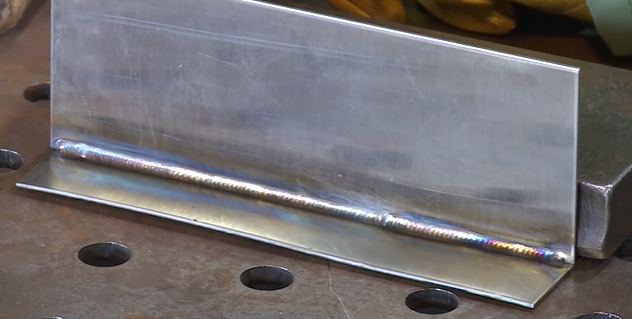
TIG welding is ideal for thin metals because it allows for pinpoint accuracy and greater control over the weld pool. It also produces a cleaner and stronger joint than other methods, making it the preferred choice for most fabricators. The process requires more skill than other welding types, but the results are worth it.
The key to successful TIG welding on thin sheet metal is to use a low amperage setting and move the electrode slowly along the weld pool. This ensures that heat does not build up too quickly and causes warping or heat damage. It's also important to ensure clean metals are free of dirt, grease, and other contaminants.
2. MIG (Metal Inert Gas) or GMAW (Gas Metal Arc Welding)
MIG welding/GMAW is a semi-automatic process used to weld thin metals. Unlike shielded metal arc welding, it uses an electric arc that produces heat to melt and join the metals. A MIG welder has a wire feeder, which supplies a continuous electrode (wire) when it enters the weld puddle.
The weld puddle, or area of molten metal, is created by the intense heat of an electric arc between the electrode and the base material. This process is ideal for thin metals because it provides a consistent energy flow with minimal operator involvement.
For welding thin materials, a combination of small-diameter solid welding wires, namely 0.024-inch, 0.030-inch, and 0.035-inch wires, is well-suited. Small-diameter wires are preferred because they require lower amperage and voltage to melt and form the weld pool. Similarly, the short-circuit transfer mode operates at lower welding parameters, specifically wire feed speed and voltages.
As a result, these factors minimize heat input. Although slower than other methods, the short-circuit transfer mode is versatile as it allows welding operators to work in all positions when using solid wires, with or without pulsed waveforms.
As for the shielding gas, it is often a mixture of 75% argon and 25% CO2. Some welding operations may opt for a mixture of 90% argon and 10% CO2 in cases involving spray transfer or pulsed-spray transfer welding applications, along with short circuit welding. This enables standardization on a single shielding gas mixture. When using higher levels of argon during short-circuit welding, it is essential to lower the voltage settings, as argon generates higher heat input.
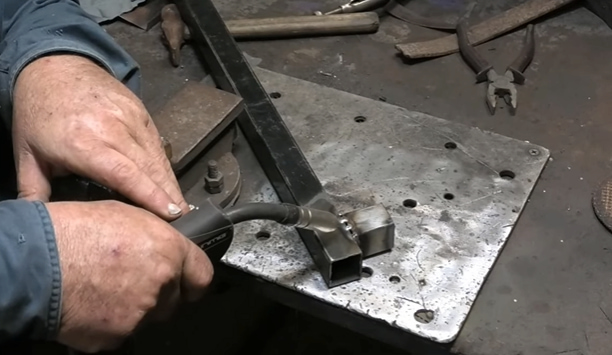
The MIG welding/GMAW(metal inert gas welding) process has several advantages over traditional welding since it does not require flux-cored wire or preheating before welding. It also offers faster welding speeds, greater deposition rates, and a flatter weld pool profile than other methods. Along with its many advantages, this process can be used successfully to join thin metals that require high accuracy and repeatability.
When using the MIG welding/GMAW process to weld thin sheet metal, selecting the right type and size of wire for the job is important. Thinner metals generally require lighter gauge wire to prevent excessive heat buildup. Keeping a consistent weld speed and travel direction is important when welding thin sheet metal.
3. Stick Welding
This is a popular and versatile process that joins thin metal materials. It works by using an electric arc between the stick electrode and the material being welded, which creates heat that melts both pieces of metal and fuses them. The welder must also be aware of any spatter or slag that can form while welding thin metals, which can contaminate the weld area and cause weak spots.
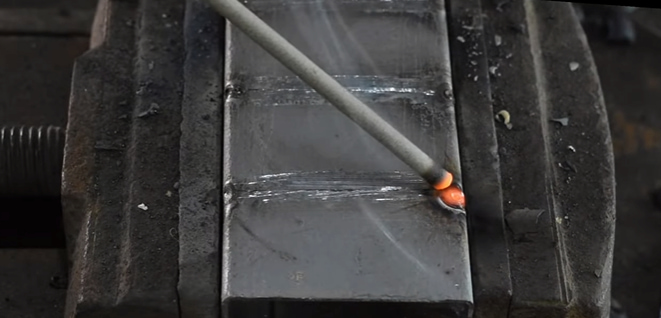
Thin metal materials can be efficiently welded using a stick welder, although choosing an electrode suitable for the material's thickness and composition is important. A lower amperage should also be used when working with thin metals, as too much current could cause burn-through or weak areas in the weld.
Stick welding typically produces a slag coating over the weld, which helps to strengthen it, but this excess material must be removed before the weld is complete. Safety precautions should also be taken when welding thin metals, as they can become hot and cause injury if not handled properly.
Welding Thin Metal in Steps
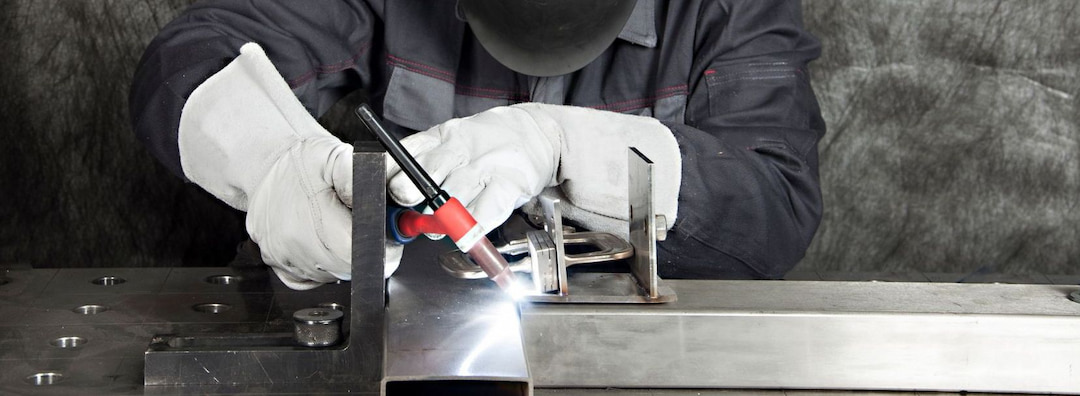
1. Prepare the materials and check WPS: Before you start your welding process, be sure that both pieces of metal are clean and dry. If there is any dirt or debris on either surface, it can cause weak joints and create a hazardous work environment.
When welding thin materials, it is highly recommended to refer to weld procedure specifications (WPS) if available. This also holds true for any thickness material welding. WPS provide essential welding parameters required to achieve accurate and consistent welds for specific applications. A WPS outlines the recommended operating range, including the maximum and minimum voltage and amperage settings that produce the best welds.
2. Choose the right welding technique: Thin metals may require different welding techniques depending on the material type and thickness. For instance, due to its precision, TIG welding is commonly used for thin materials like aluminum and stainless steel to mild steel welding.
For MIG welding, you can use 0.024-inch and 0.030-inch solid wires to weld 24-gauge material using a welding current ranging from 30 to 50 amps and travel speeds between 10 and 20 inches per minute (ipm). However, the voltage and wire feed speed differ.
A 0.024-inch wire typically operates at 13 to 15 volts (electrode positive) with a wire feed speed of 130 to 160 ipm, while the 0.030-inch wire requires 15 to 17 volts and a wire feed speed of 75 to 100 ipm. These parameters are suitable for single-pass flat and horizontal fillet welds.
3. Choose the right filler metal: The right type of filler metal should be chosen based on the material being welded and the desired strength of the joint. Generally, a low melting point filler material is best suited for thin metals.
It is advisable to consult the product data sheet for the filler metal you are using. These data offer critical information such as compatible welding positions, shielding gas options, welding current, and ideal voltage and wire feed speed ranges corresponding to a specific wire diameter.
4. Prepare the work area: Before beginning to weld, ensure safety precautions are taken, and the work area is properly prepared. This includes setting up a protective shield or “firewall” around the welding site to protect from sparks or hot metal flying off during the process.
5. Set up the welding machine: The machine should have the correct voltage and amperage. It is also important to use a grounding clamp to keep any static electricity from interfering with the process.
6. Begin welding: Once everything is properly set up, you can begin welding! Start slowly and work around in circles until the joint is complete and all the metal is fused.
For MIG, a general rule of thumb is to maintain a welding wire stickout of 5/8 inch or shorter for small-diameter wires. This helps regulate the amperage and, consequently, the heat input. A stickout that is too long reduces penetration and conflicts with the voltage setting, preventing proper wetting out and filling of the weld toes. Insufficient wetting leads to quality issues like cold lap. Additionally, a long stickout can hinder adequate shielding gas coverage, resulting in contaminated welds and the need for rework.
7. Clean up: After welding, cleaning the work area is essential to prevent potential hazards. Afterward, please review your work closely to ensure the welding job was successful!
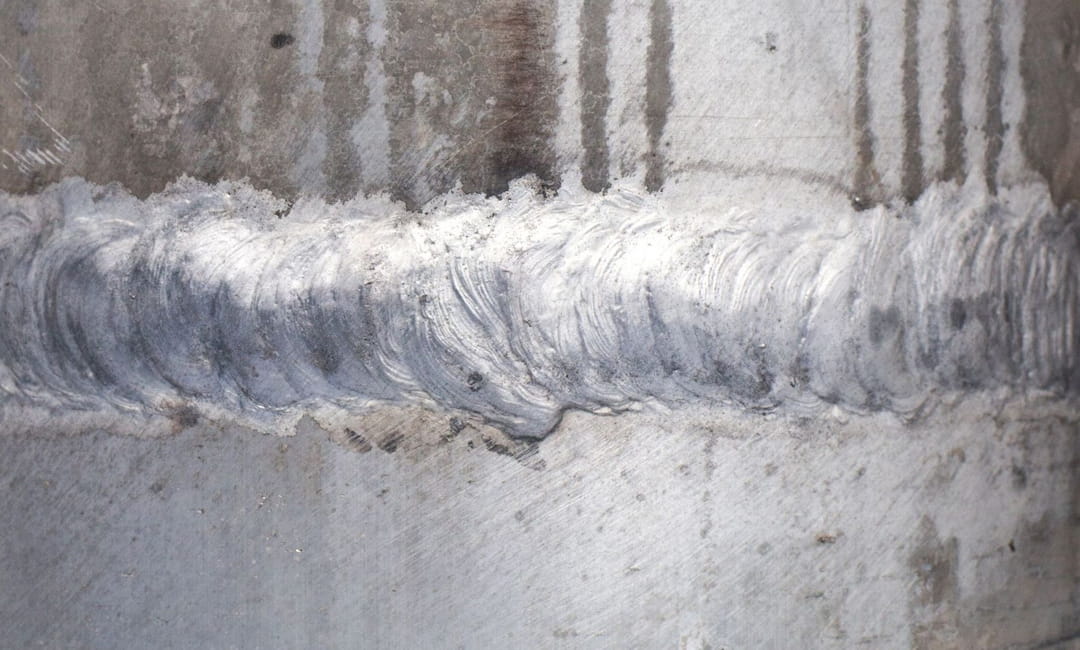
FAQs
What is the minimum weld thickness?
The minimum weld thickness for metal welding is typically around 24 gauge or 0.023” thick metal. However, it may vary depending on the type of material being welded and the welding process used.
For example, 4043 filler metal should be used with at least an 18 gauge base metal thickness when welding aluminum with a MIG welder. This is because aluminum has a higher melting temperature than steel and requires a thicker base metal to create an adequate weld. When welding stainless steel, the minimum weld thickness can be as thin as 20 gauge or 0.030” thick metal.
How do you MIG weld thin metal without burning through?
MIG welding can be used to successfully welding sheet metal; however it. However, take certain precautions. Use a lower wire feed speed and voltage setting to prevent burning through the material. Keep the gun at a 90-degree angle and have shorter arc lengths. It may also be helpful to use a backing strip or ground clamp to help support the material. Lastly, use a gas designed for MIG welding thin metals such as argon or carbon dioxide.
What is the best weld for thin metal?
The best weld for thin metal depends on the application and the type of metal being welded by you. Stick welding is often used for thin metals as it offers good penetration into the metal and can be used with various metals. Other welding processes, like TIG or MIG welding, may be better suited in certain circumstances.
